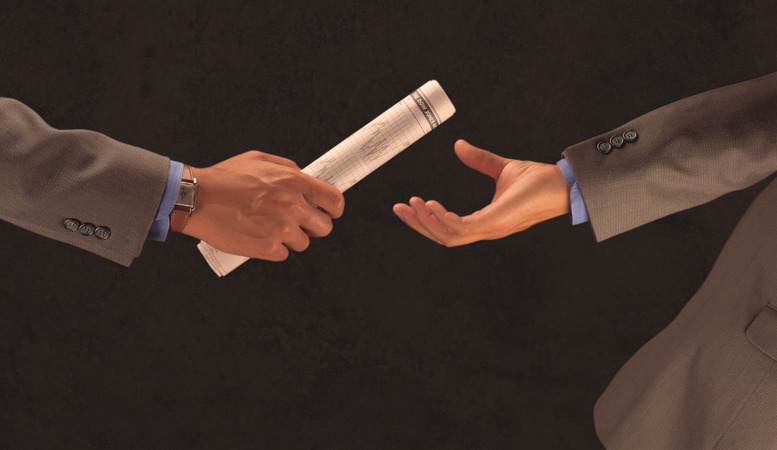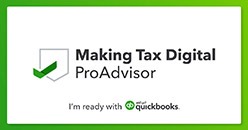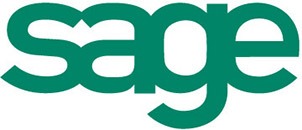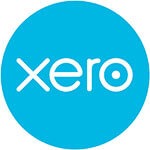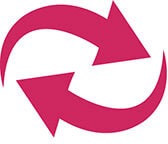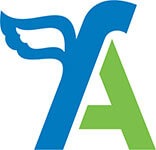If you make a payment on behalf of a customer for goods and services used by them, you may be able to treat them as ‘disbursements’ for VAT purposes. But what is a VAT disbursement?
The definition of a disbursement, in simple terms, is a payment you make to a supplier for a customer and then pass the cost on to them (via an invoice)
You may be able to leave these payments out of your VAT calculations because it is the customer (not you) who buys and receives the goods / services. See it as you acting as an agent.
What qualifies?
The following criteria must be met for your payment to qualify as a disbursement;
- You pay a supplier on a customer’s behalf.
- Your customer had the benefits of these goods.
- It was your customer’s responsibility to pay for these goods – not yours.
- You had permission from your customer to make the payment on their behalf.
- The customer knew the goods / service were from another supplier (not you).
- You show the costs separately on your invoice.
- You pass on the exact amount of the purchase to the customer.
- The goods / services are in addition to the goods or service you supply.
Ok, so although I’ve given you the low down of what qualifies, sometimes it makes things easier when you also know what doesn’t.
There are many incidental costs that you incur such as travelling and postage, which you need to do to deliver your service / goods to your customers. In which case, these are not disbursements.
It is you who buys these goods / services to use in your business.
You can show these separately on your invoice in you want, there are no issues there, they are just known as ‘recharges’.
This is where is can be really confusing.
To try break it down even more – a recharge is something you spend money on to provide your business to your client.
So, in Blue Peter style, here are some examples I prepared earlier.
Airline ticket – You take the flight, you incur the cost. Recharge.
Postage to send letter to your customer – This is for your business. Recharge.
Software package for a client’s machine bought from a third party – They receive the benefit (and meet the criteria above). Disbursement.
VAT
Now we are starting to get it, it’s time to start thinking about VAT because let’s face it – that’s the only reason you want to know.
On your invoice, this simple run through – with example figures – should help.
Goods/Services you provide £2,000
Recharge £500
Amount Due £2500
VAT @ 20% £500
Disbursements £250
Total (incl. VAT) £3250
But when can you claim the VAT?
If you charge VAT on items you paid for because they were supplied to you and not your client, you can claim back any VAT you paid on them. Like anything, it makes no difference if you passed these over as a recharge or not.
Obviously providing you have a VAT invoice!
Plus, don’t forget if you charged your customer VAT, they can claim that back.
When is it a no-no…?
If you treat something as a disbursement and you paid on the customers behalf and didn’t charge them VAT (as per the example above) then you cannot claim the VAT back.
Oh, one final thing. When it comes to record keeping, if you pass on a disbursement, you MUST keep evidence such as order form and invoices to show you were entitled to leave them out of the VAT calculation when you invoiced your customer.
A bit of a confusing one this week, but hopefully I’ve made it a little less of a grey area.
If you have any questions, you know where we are (01482 646440)
Talk to us today about accounting for tomorrow.

